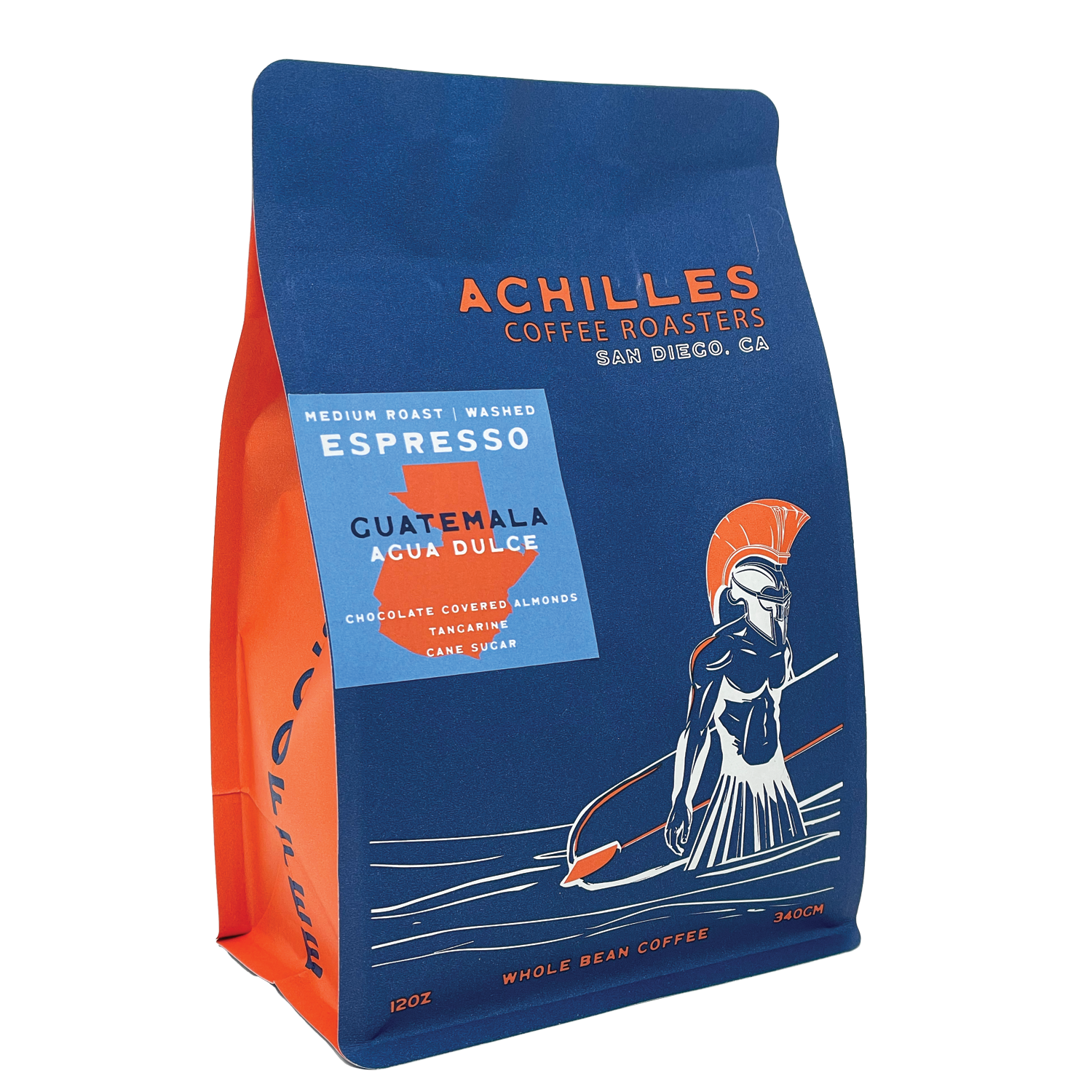Where to Buy Genuine SOE Single Origin Espresso Online
Where to Buy Genuine SOE Single Origin Espresso Online
Blog Article
Discovering the Abundant Tastes of Coffee Beans: a Deep Dive Into Espresso and Blended Coffee Beans
When you explore the abundant tastes of coffee beans, you reveal a complicated world where each variety brings its own character to your mug. Understanding the origins, processing methods, and roasting techniques can change your coffee experience. As you browse with the art of coffee and the imagination behind mixed coffees, you'll begin to appreciate the nuances that make each sip one-of-a-kind. What you'll uncover following may alter the means you appreciate your early morning mixture.
The Origins of Coffee Beans: Exploring Terroir and Taste Profiles
When you take a sip of coffee, you're not just taking pleasure in a drink; you're experiencing a rich tapestry of tastes formed by the beans' beginnings. Each area creates special flavor accounts affected by dirt, climate, and altitude. Beans from Ethiopia usually rupture with intense, fruity notes, while those from Colombia have a tendency to supply a balanced, nutty sweet taste.
As you explore various beginnings, you'll discover just how terroir-- the environmental aspects affecting a crop-- plays a crucial role - Single Origin Espresso. The same coffee range can taste drastically various depending on where it's grown
When you think about these variables, you begin to appreciate the complexity behind your mug. Each sip tells a story of the land and the farmers who supported the beans. Next time you indulge, believe about the trip your coffee took prior to it reached your hands, and enjoy those detailed flavors that show its beginning.
Comprehending Coffee: The Art and Science Behind the Mixture
When you think of espresso, it's not practically the strong taste; it's additionally about the techniques that bring it to life. Comprehending just how different preparation techniques effect preference can change your brewing experience. Let's explore the ins and outs of coffee preparation and discover the special taste accounts that make each mug unique.
Espresso Preparation Methods
Coffee preparation is both an art and a scientific research, incorporating specific techniques with a deep understanding of coffee. To start, you'll intend to select high-grade, freshly roasted beans and grind them finely for perfect extraction (Single Origin Espresso). The grind size is important; as well rugged, and your coffee will certainly be weak, also great, and it'll be bitter
The result needs to be a rich, luscious espresso with a beautiful layer of crema on top. With method, you'll master these methods.
Taste Profiles Clarified
The world of coffee offers an abundant tapestry of taste profiles that can raise your coffee experience. When you take that first sip, you'll observe an equilibrium of sweetness, level of acidity, and bitterness. Each coffee bean brings special notes, from fruity and floral to nutty and chocolaty. Light roasts typically display intense acidity and lively tastes, while dark roasts present deeper, bolder tones.
A well-crafted blend might integrate the intense notes of an Ethiopian bean with the rich, chocolatey undertones of a Brazilian bean. Embrace the trip of uncovering espresso's diverse tastes, and you'll change your coffee ritual into an amazing journey.
Handling Methods: How They Impact Taste and Scent
While it might appear that the beginning of coffee beans is one of the most considerable element in determining their taste and scent, the handling techniques made use of post-harvest play an equally important duty. You'll locate that these techniques can dramatically modify the final preference profile of your cup.
As an example, the washed process removes the fruit from the beans prior to fermentation, frequently leading to a cleaner, brighter taste. Meanwhile, the all-natural process leaves the fruit undamaged during drying out, resulting in a sweeter, fruitier account.
Various other methods, like honey handling, strike a balance, permitting some fruit mucilage to remain, giving a special complexity.
Each handling technique connects with the beans' intrinsic qualities, boosting or muting specific tastes and aromas. So, when you drink that coffee or visit this site mixed coffee, bear in mind that the trip from cherry to mug is influenced not just by origin yet also by just how those beans were processed.
Toasting Methods: Unlocking the Full Potential of Coffee Beans
Roasting strategies are essential for revealing the full potential of coffee beans, as they transform raw, eco-friendly beans into the aromatic, delicious coffee you take pleasure in. The selection of toasting approach-- light, tool, or dark-- dramatically influences flavor profiles.
You can explore toasting times and temperature levels to find your excellent brew. A slower roast at lower temperatures enables complex tastes to develop, while a quicker roast can increase resentment. Focus on the fractures during roasting; the initial split suggests a light roast, while the second crack signals a dark roast. By mastering these strategies, you'll expose a world of flavor, boosting your coffee experience to brand-new heights. Delight in every sip, knowing the treatment that entered into your mug!
The Magic of Blended Coffee: Producing Distinct Taste Experiences
Producing a distinct flavor experience with blended coffee can change your early morning ritual into an expedition of preference. By integrating different beans from various regions, you can expose a symphony of tastes that raise your cup to brand-new heights. Each mix deals a distinctive account, stabilizing sweetness, body, and level of acidity to develop something absolutely unique.
When you select a blend, you're not simply choosing a coffee; you're choosing a journey throughout diverse landscapes and societies. Explore various mixes enables you to uncover your personal favorites, whether you appreciate fruity notes or rich, chocolatey touches.

Tasting Notes: Acknowledging the Subtleties in Your Mug
As you drink your coffee, you might discover a range of tastes dancing on your palate, each revealing the details of the beans. You might taste the bright acidity similar to citrus or the deep, abundant notes akin to dark chocolate. The sweetness might stimulate honey or sugar, balancing the overall profile perfectly.
Pay attention to the body of the coffee-- does it feel ventilated and light, or is it complete and creamy? The surface, also, offers hints; a remaining aftertaste may hint at nuttiness or flower undertones.

Don't fail to remember to check out the unique attributes of various beginnings, as each region passes on distinct flavors - Single Origin Espresso. For circumstances, Ethiopian coffees frequently present fruity notes, while Colombian beans could display a more rounded sweet taste. By identifying these nuances, you'll deepen your gratitude for every mug, boosting your coffee experience to brand-new elevations

Developing Methods: Making Best Use Of Taste Removal for each Bean
When you check out the different brewing approaches, you'll uncover that each method can considerably impact the taste account of your coffee. From French press to pour-over, each technique extracts various substances, enhancing or muting specific notes. For circumstances, utilizing a French press allows oils to continue to be in the brew, developing a richer preference, while pour-over emphasizes quality and illumination.
Temperature level and grind dimension likewise play vital functions. A coarser work works best for cold brews, while a fine work is excellent for coffee. Exploring with water temperature level-- in between 195 ° F and 205 ° F-- can expose hidden tastes, also.
Don't forget steeping time; a fast extraction can cause sour notes, while over-extraction might yield resentment. By readjusting these variables, you can make best use of flavor extraction and absolutely raise your coffee experience. Appreciate the journey of uncovering what method finest matches your taste buds!
Regularly Asked Concerns
What Is the Suitable Water Temperature for Developing Coffee?
The perfect water temperature level for brewing coffee's in between 195 ° F and 205 ° F. If you use water that's also warm, you'll over-extract flavors; too chilly, and you will not draw out enough. Purpose for that pleasant spot for the very best brew!
Exactly How Does Work Dimension Influence Coffee Flavor?
Grind size significantly influences coffee taste. Better grinds remove much more oils and flavors, causing a bolder preference, while coarser grinds yield a lighter flavor. Changing work dimension helps you accomplish your wanted coffee account.
Exist Health Perks Surrounding Alcohol Consumption Coffee?

What Is the Distinction In Between Arabica and Robusta Beans?
Arabica beans are smoother and sweeter, usually including fruity tastes, while robusta beans are more powerful with a bitter preference and higher caffeine content. You'll notice these differences in aroma and brewing experience.
Exactly How Can I Store Coffee Beans for Freshness?
To keep coffee beans for quality, maintain them in a closed container, away from dampness, light, and warmth. If you just grind what you require right prior to developing., you'll keep their taste longer.
Checking Out the Rich Flavors of Coffee Beans: a Deep Dive Into Espresso and Blended Coffee Beans.
When you discover the abundant tastes of coffee beans, you reveal a complicated world where each variety brings its own personality to your mug.When you take a sip of coffee, you're not just delighting in a drink; you're experiencing an abundant tapestry of flavors shaped by the beans' origins.Roasting techniques are important for revealing the complete possibility of coffee beans, as they transform raw, eco-friendly beans into the fragrant, savory coffee you delight in.As you sip your coffee, you might notice a range of tastes dancing on your palate, each revealing the intricacies of the beans.
Report this page